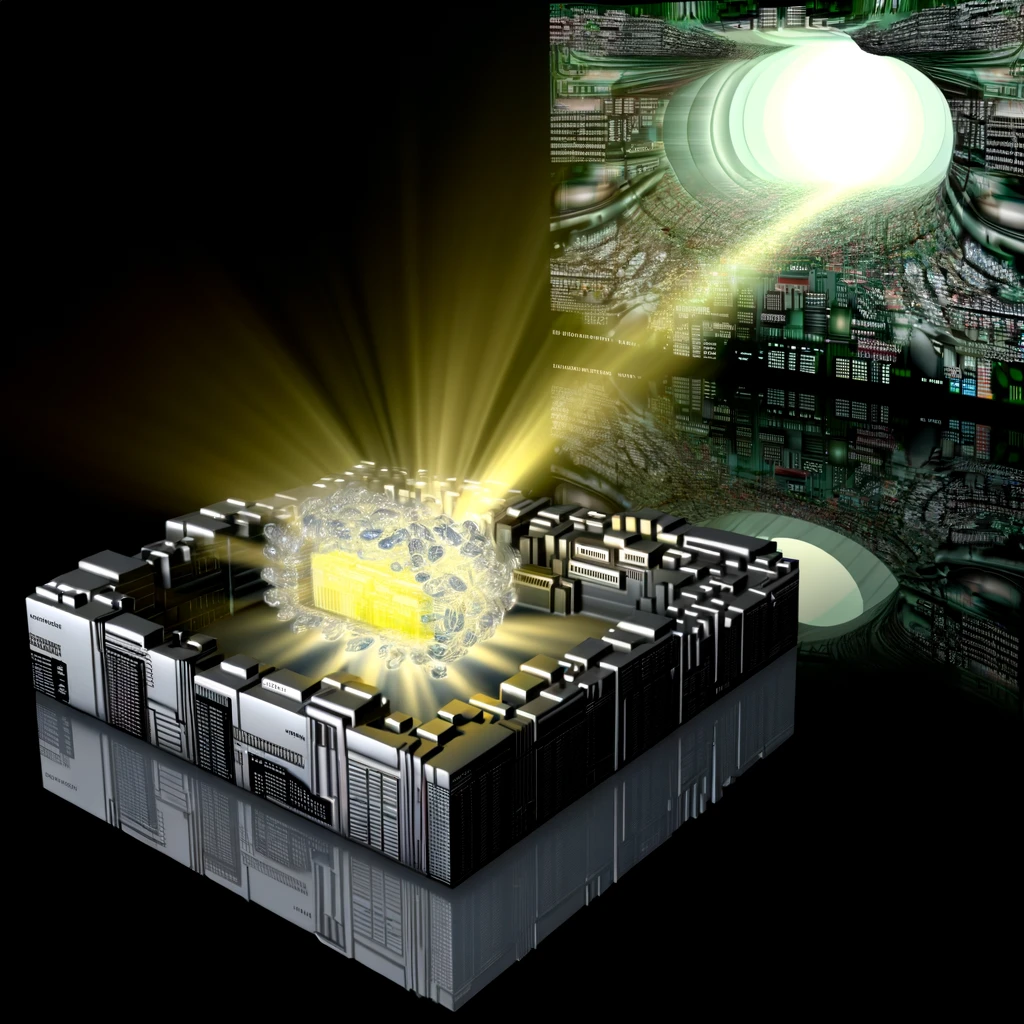The easiest first step here is to simply walk through the binary file with binwalk. Binwalk is a super cool tool that searches for magic headers within another file to attempt to locate embedded data. It is also able to extract the data that it finds for further analysis.
Binwalk is a fast, easy to use tool for analyzing, reverse engineering, and extracting firmware images.
binwalk -B runtime-GS1900-24HPv2-V2.80\(ABTP.0\).bix
DECIMAL HEXADECIMAL DESCRIPTION
--------------------------------------------------------------------------------
0 0x0 bix header, header size: 64 bytes, header CRC: 0x500CFA4F, created: 2023-10-16 10:38:39, image size: 6084981 bytes, Data Address: 0x80000000, Entry Point: 0x8026F000, data CRC: 0x1600B50E, OS: Linux, CPU: MIPS, image type: OS Kernel Image, compression type: gzip, image name: "V2.80.0"
64 0x40 gzip compressed data, maximum compression, has original file name: "vmlinux_org.bin", from Unix, last modified: 2023-10-16 02:38:39
1172071 0x11E267 LZMA compressed data, properties: 0x5D, dictionary size: 131072 bytes, uncompressed size: 7988 bytes
1442900 0x160454 LZMA compressed data, properties: 0x5D, dictionary size: 131072 bytes, uncompressed size: 131072 bytes
1748357 0x1AAD85 LZMA compressed data, properties: 0x5D, dictionary size: 131072 bytes, uncompressed size: 1772 bytes
1748910 0x1AAFAE LZMA compressed data, properties: 0x5D, dictionary size: 131072 bytes, uncompressed size: 3180 bytes
1832939 0x1BF7EB LZMA compressed data, properties: 0x5D, dictionary size: 131072 bytes, uncompressed size: 30176 bytes
1903834 0x1D0CDA LZMA compressed data, properties: 0x5D, dictionary size: 131072 bytes, uncompressed size: 131072 bytes
2105782 0x2021B6 LZMA compressed data, properties: 0x5D, dictionary size: 131072 bytes, uncompressed size: 14656 bytes
2195407 0x217FCF LZMA compressed data, properties: 0x5D, dictionary size: 131072 bytes, uncompressed size: 33152 bytes
2262005 0x2283F5 LZMA compressed data, properties: 0x5D, dictionary size: 131072 bytes, uncompressed size: 64456 bytes
2761485 0x2A230D LZMA compressed data, properties: 0x5D, dictionary size: 131072 bytes, uncompressed size: 28108 bytes
3231753 0x315009 LZMA compressed data, properties: 0x5D, dictionary size: 131072 bytes, uncompressed size: 35133 bytes
3290447 0x32354F Zlib compressed data, best compression
3343697 0x330551 Zlib compressed data, best compression
3396467 0x33D373 Zlib compressed data, best compression
3449347 0x34A203 Zlib compressed data, best compression
3502160 0x357050 Zlib compressed data, best compression
3836698 0x3A8B1A Zlib compressed data, best compression
3844062 0x3AA7DE Zlib compressed data, best compression
4032946 0x3D89B2 Zlib compressed data, best compression
4400040 0x4323A8 LZMA compressed data, properties: 0x5D, dictionary size: 131072 bytes, uncompressed size: 17880 bytes
5188333 0x4F2AED LZMA compressed data, properties: 0x5D, dictionary size: 131072 bytes, uncompressed size: 36496 bytes
5449690 0x5327DA LZMA compressed data, properties: 0x5D, dictionary size: 131072 bytes, uncompressed size: 45912 bytes
5729393 0x576C71 LZMA compressed data, properties: 0x5D, dictionary size: 131072 bytes, uncompressed size: 14440 bytes
There is sort of a lot going on here. Some of the highlights:
- bix header - This is indicating that there is a Linux MIPS kernel.
- gzip compressed file that was originally named vmlinux_org.bin
- Multiple compressed sections












